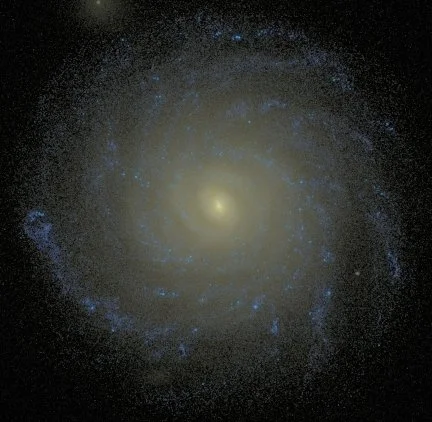A Particular Appetite:
Preferential Accretion in the SMBH of Milky Way-Size Galaxies Due to Direct Feeding By Satellites
Master’s Thesis Work
Using a new, high-resolution cosmological hydrodynamic simulation of a Milky Way-type (MW- type) galaxy, we explore how a merger-rich assembly history affects the mass budget of the central supermassive black hole (SMBH). We examine a MW-mass halo at the present epoch whose evolution is characterized by several major mergers to isolate the importance of merger history on black hole accretion. This study is an extension of Bellovary et. al. 2013, which analyzed the accretion of high mass, high redshift galaxies and their central black holes, and found that the gas content of the central black hole reflects what is accreted by the host galaxy halo. In this study, we find that a merger-rich galaxy will have a central SMBH preferentially fed by gas accreted through mergers. Moreover, we find that the gas composition of the inner ∼ 10 kpc of the galaxy can account for the increase of merger-accreted gas fueling the SMBH. Through an investigation of the angular momentum of the gas entering the host and its SMBH, we determine that gas accreted through mergers enters the galaxy halo with lower angular momentum compared to smooth accretion, partially accounting for the preferential fueling witnessed in the SMBH. In addition, the presence of mergers, particularly major mergers, also helps funnel low angular momentum gas more readily to the center of the galaxy. Our results imply that galaxy mergers play an important role in feeding the SMBH in MW-type galaxies with merger-rich histories.
